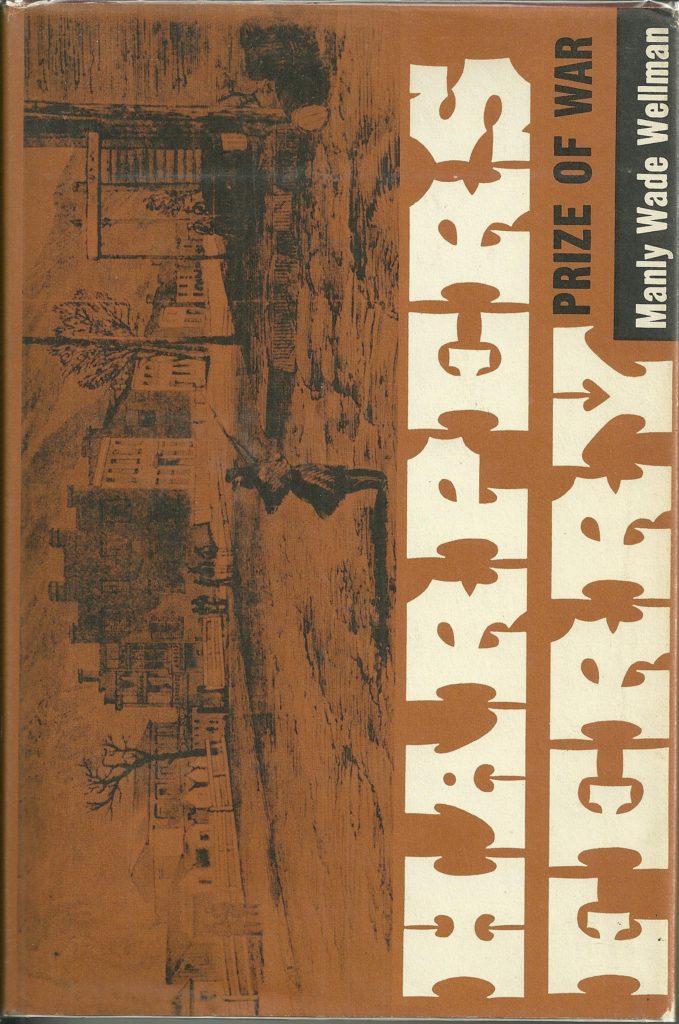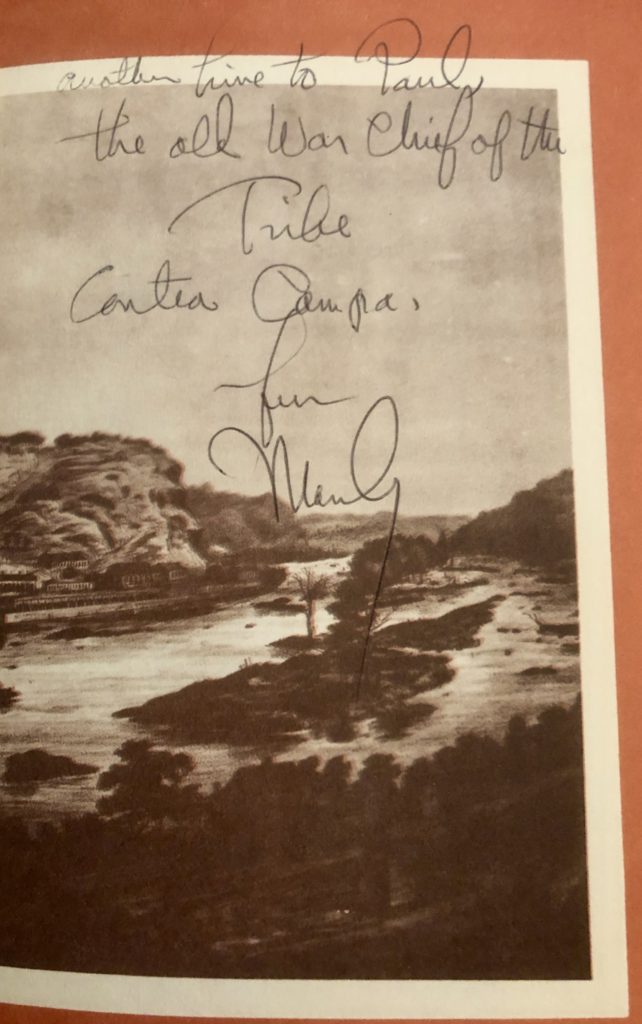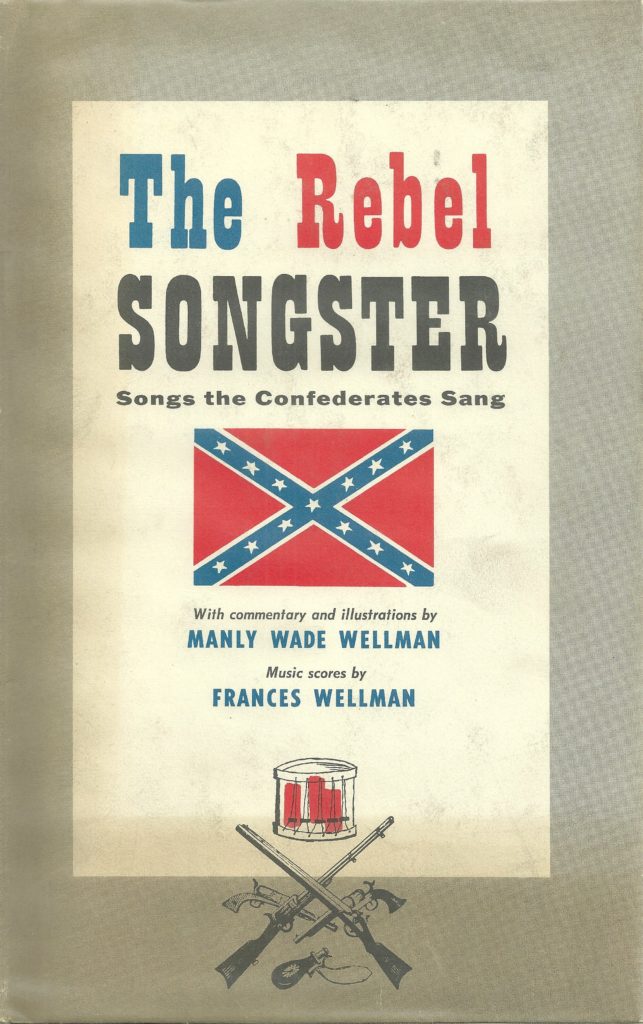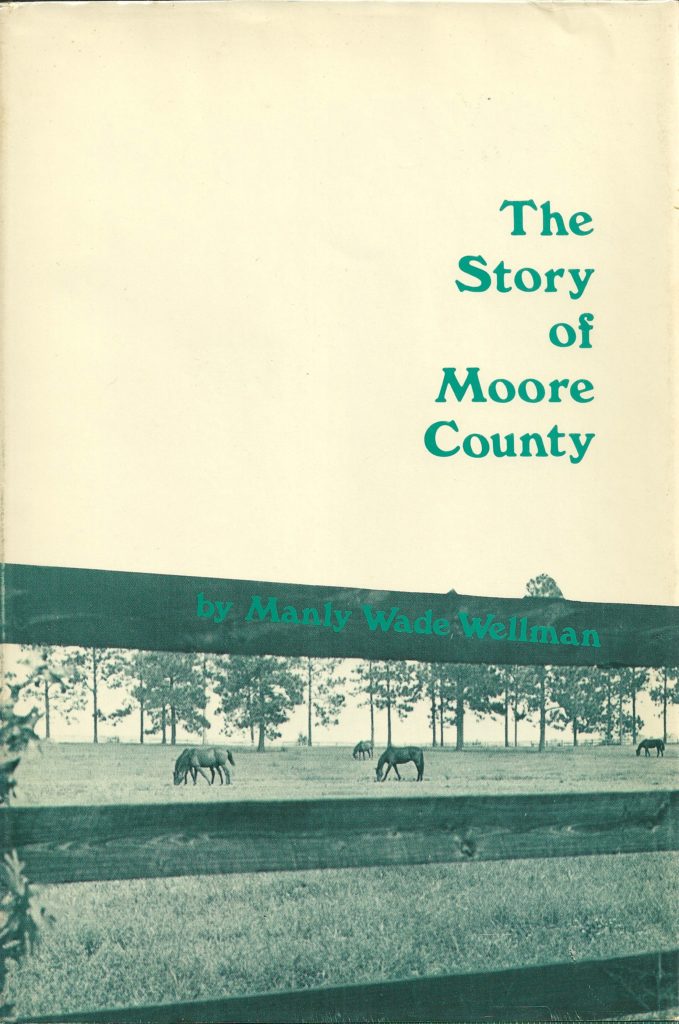Sometimes you go looking for a handy internet reference for something and, not finding it, create it yourself. In this case, I came across a book review that mentioned Wat Tyler’s head had been impaled on the same spike on London Bridge that would later be home to the head of Sir Thomas More. That got me thinking of who all’s heads have been displayed on a spike on London Bridge. Not finding any list online, I decided to compile one myself.
Unless otherwise noted, all of the people listed here were executed for treason, which was generally defined as “anything that pissed off the King,” from actual armed insurrection, to picking the wrong side in a fight over succession, to believing in the wrong religion, to banging the Queen. I believe most (if not all) of the people on this list had their heads hung at the southern gatehouse bridge (or “Traitor’s Gate”). German visitor Paul Hetzner counted more than 30 heads upon his visit there in 1598.
This list only includes those for which it is stated somewhere that their head was displayed on London Bridge, and doesn’t count those who had their heads strung up elsewhere, or body parts other than heads being strung up.
If you wonder why American death sentences used to state “to be hanged until dead,” it’s because that wasn’t the way things were generally done in Merry Olde England. If you were sentenced to be hanged, drawn and quartered, you were “ritually hanged, emasculated, disembowelled, beheaded and quartered (chopped into four pieces).” In such circumstance, merely being beheaded was considered the height of mercy.
- William Wallace, 1305 (I trust you are aware that Braveheart is not, shall we say, historically accurate, but the torture and execution scenes accord fairly closely to historical accounts)
- John Fraser and Simon Fraser, brothers who fought alongside Wallace, 1306
- Hugh Despenser the Younger, 1326
- Wat Tyler, John Ball (and possibly Jack Straw), 1381
- Simon Sudbury, 1381
- William le Scrope (and possibly John Bussey and Henry Green), 1399
- Thomas Percy, 1st Earl of Worcester, 1403
- Henry Percy, 1st Earl of Northumberland, 1408
- Roger Bolingbroke (accused of witchcraft), 1440
- Jack Cade, 1450
- Michael An Gof and Thomas Flamank, 1497
- Thomas Fauconberg, 1485
- “This yeare there were three persons, viz. Charles, sometyme master of the Kinges henchmen, and one Pickeringe, sometyme of the Kings bakehowse, and one Thomas, a servinge man, latelie come from the Rhodes,a which were drawne to Tiburne, and there hanged, their bowells brent afore them, and after quartered, their heades sett on London bridge.” (from Charles Wriothhesly’s A Chronicle of England during the reigns of the Tudors, from A.D. 1485 to 1559, apparently not published until 1875), 1524
- Two of six nuns and priests executed (the other four heads exhibited “at diverse gates of the cittie”). Ibid. (Richard Risby may have been included among these six.) 1534
- Thomas More and Bishop John Fisher, 1535
- “Sir John Bolner, Sir Stephen Hamerton, knightes, were hanged and heddyd, Nicholas Tempeste, esquier, Docter Cokerell, preiste, Abbott condam x of Fountens, and Docter Pykeringe, fryer, ware a Sir Thomas Audeley, b Sir Thomas Percy, second son of the fifth Earl of Northumberland, and brother to Henry Algernon, sixth Earl, c Sir John Bulmer, d Margaret Cheyney, otherwise Lady Bulmer, e Sir Stephen Hamelton. , f Adam Sodbury, Abbot of Jervaulx, in Yorkshire. Stow, s William Thurst, quondam Abbot of Fountains. Stow, h William Wood, Prior of Bridlington. Stow, William Thurst, quondam Abbot of Fountains. drawen from the Towre of London to Tyburne, and ther hanged, boweld, and quartered, and their hedes sett one London Bridge and diverse gates in London.” Ibid, 1537.
- Sir Thomas Percey, Sir Frances Bigott, Georg Lomeley, the Abbott of Gervase, the Prior of Bridlington, and Lord Darcye. Ibid, 1537.
- Thomas Darcy, 1st Baron Darcy de Darcy, 1537 (Corrected; I had originally typoed this ten years later, as per the comments below. – LP 6/2/11)
- “One Connisbie, a gentleman, and one of the Groomes of the Kinges Chamber…Doctor Croft, Chauncellor of Chichester, my Lord Montagues chaplaine, and Holland.” Ibid, 1538.
- Thomas Cromwell (also one Clifforde, a counterfeiter), 1540
- Thomas Culpeper and Francis Dereham, adulterous lovers of Catherine Howard, fifth wife of Henry VIII, 1542. (Some historical sources state 1541, due to differences between the Julian and Gregorian calendars, the latter of which was not adopted in Great Britain until 1752.)
- Edward Arden, 1583
- Guy Fawkes (and co-conspirators), 1606
- Thomas Bullaker, 1642
- Henry Heath (AKA Paul of St. Magdalene), 1643
- Henry Morse, 1645
- William Stayley (last head to be displayed on the bridge), 1678
This chronology of London Bridge got me started. This Wikipedia list of people who have been beheaded was also useful (both the Yorks and the Lancasters were big on beheading). This London Bridge history was also quite handy.
And here’s a lovely period image from the Museum of London:

Somewhat related items:




